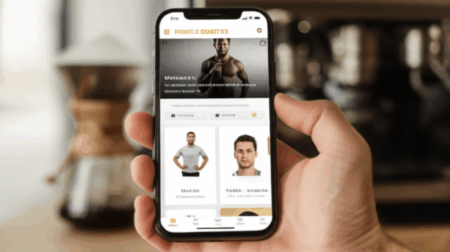The path to fitness can often feel like navigating a maze without a map. Generic workout plans rarely fit individual needs, leading to frustration, plateaus, and even injury. But what if you could have a dynamic, personalized workout routine crafted just for you, accessible anytime, anywhere? This is no longer a futuristic dream, thanks to a new generation of intelligent fitness apps that leverage cutting-edge technology to become your ultimate digital personal trainer.
These innovative applications are transforming how individuals approach their fitness journeys, moving beyond one-size-fits-all programs to deliver highly tailored experiences designed to maximize efficiency, minimize risk, and keep motivation consistently high.

Why Personalized Workout Routines Are a Game-Changer
Generic workout plans often fall short because every individual possesses unique physiology, fitness levels, goals, and lifestyle constraints. A routine perfect for a seasoned weightlifter aiming for muscle gain won’t suit a beginner focused on cardiovascular health or someone with limited equipment at home. This is where customized workout apps shine.
By tailoring exercise selection, intensity, volume, and recovery, personalized routines offer several key advantages:
- Maximized Efficiency: Workouts are designed to specifically target your goals, whether it’s weight loss, muscle gain, endurance, or flexibility, ensuring every minute you spend exercising is effective.
- Reduced Risk of Injury: Algorithms consider your fitness level, potential limitations, and even past injuries to suggest appropriate exercises and warn against movements that might be harmful. Real-time motion analysis and form correction, often powered by computer vision, can even guide you to perform exercises correctly, preventing injury.
- Sustained Motivation and Engagement: A routine that adapts to your progress and keeps things fresh is far more engaging than a repetitive one. When you see tangible results and feel the plan is truly working for you, motivation naturally increases. Gamification elements, like rewards and challenges, further boost engagement.
- Adaptability and Flexibility: Life happens. These apps can adjust your plan based on your available time, equipment, and even how well you performed in a previous session, making fitness more integrated into your daily life rather than a rigid chore.
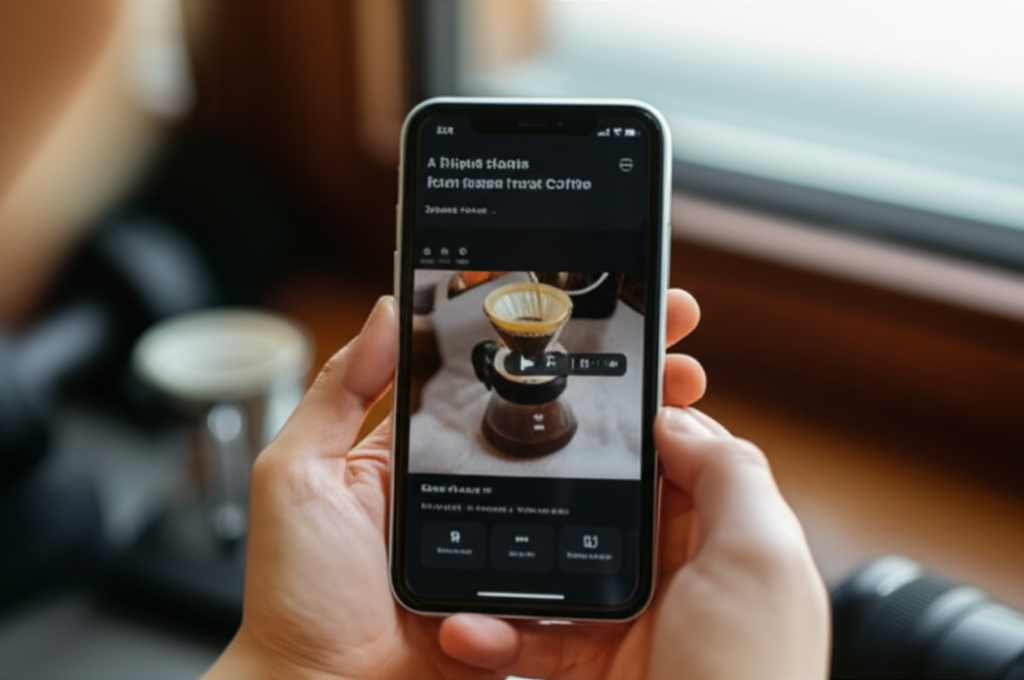
How Do Personalized Workout Apps Work?
The intelligence behind these highly customized routines largely stems from Artificial Intelligence (AI) and Machine Learning (ML) algorithms. When you first sign up for such an app, it typically gathers extensive data about you through a detailed assessment.
This initial data often includes:
- Personal Information: Age, weight, height, gender.
- Fitness Level: Beginner, intermediate, advanced.
- Fitness Goals: Weight loss, muscle gain, strength, endurance, general health, rehabilitation.
- Available Equipment: Gym access, home gym, bodyweight only, specific equipment like dumbbells or resistance bands.
- Time Commitment: How many days a week you want to work out and for how long.
- Preferences: Preferred workout styles (e.g., HIIT, strength training, yoga), target muscle groups, or even music preferences.
Once this profile is established, the AI gets to work. It processes this information, often cross-referencing it with vast databases of exercises and exercise science principles, to generate an initial workout plan.
However, the customization doesn’t stop there. The true power of these apps lies in their ability to adapt. As you log your workouts, the app continuously collects data on your performance, such as reps completed, weight lifted, heart rate, perceived exertion, and even exercises skipped. AI algorithms then analyze this real-time data to:
- Adjust Difficulty: If you consistently exceed expectations, the app might increase the weight, reps, or intensity for your next session. If you struggle, it might suggest lighter loads or simpler variations.
- Prevent Overtraining: By tracking your progress and recovery, some apps can recommend rest days or lower-intensity workouts to avoid burnout and injury.
- Introduce Variety: To keep things engaging and challenge your body in new ways, the app might introduce new exercises or modify existing routines periodically.
- Provide Feedback: Many apps offer real-time feedback on your form and technique, often through video analysis, mimicking a personal trainer.
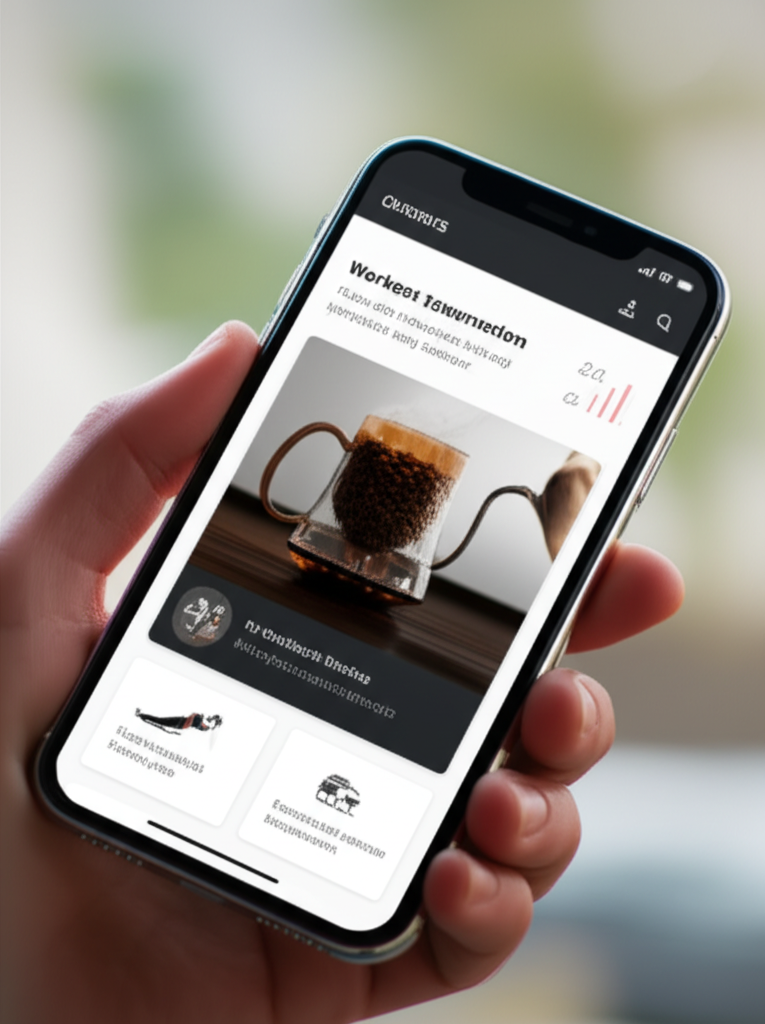
Essential Features of a Custom Workout App
When choosing an app to guide your fitness journey, look for a comprehensive suite of features that support true personalization and long-term engagement:
Core Customization and Planning
- Intelligent Workout Generation: The ability to create dynamic routines based on your profile, goals, and equipment.
- Custom Curated Workouts: Beyond AI generation, some apps allow you to create and save your own routines or modify existing ones.
- Comprehensive Exercise Library: A wide range of exercises with clear instructions, often including video demonstrations, to ensure proper form.
- Progressive Overload Tracking: The app should intelligently guide you to gradually increase the challenge over time (e.g., more weight, reps, or sets) for continuous improvement.
Tracking and Analytics
- Activity and Progress Tracking: Monitor key metrics like sets, reps, weight, calories burned, distance, and heart rate.
- Performance Analytics Dashboard: Visual charts and statistics that clearly show your progress over time, highlighting achievements and areas for improvement.
- Goal Setting: Tools to set clear, measurable fitness goals and track your journey towards them.
Support and Engagement
- Wearable Device Integration: Seamlessly sync with smartwatches and fitness trackers (e.g., Apple Watch, Fitbit, Garmin) for more accurate data collection.
- Virtual Coaching/Guidance: AI-powered trainers offering real-time feedback, motivation, and adjustments during workouts.
- Nutrition Tracking and Meal Planning (Optional but Beneficial): Some apps integrate dietary guidance to complement your workout routine, offering meal plans, calorie tracking, and macro calculators.
- Gamification and Challenges: Rewards, badges, leaderboards, and community challenges to keep you motivated and engaged.
- Social Features: The option to connect with friends, share achievements, and participate in fitness communities.
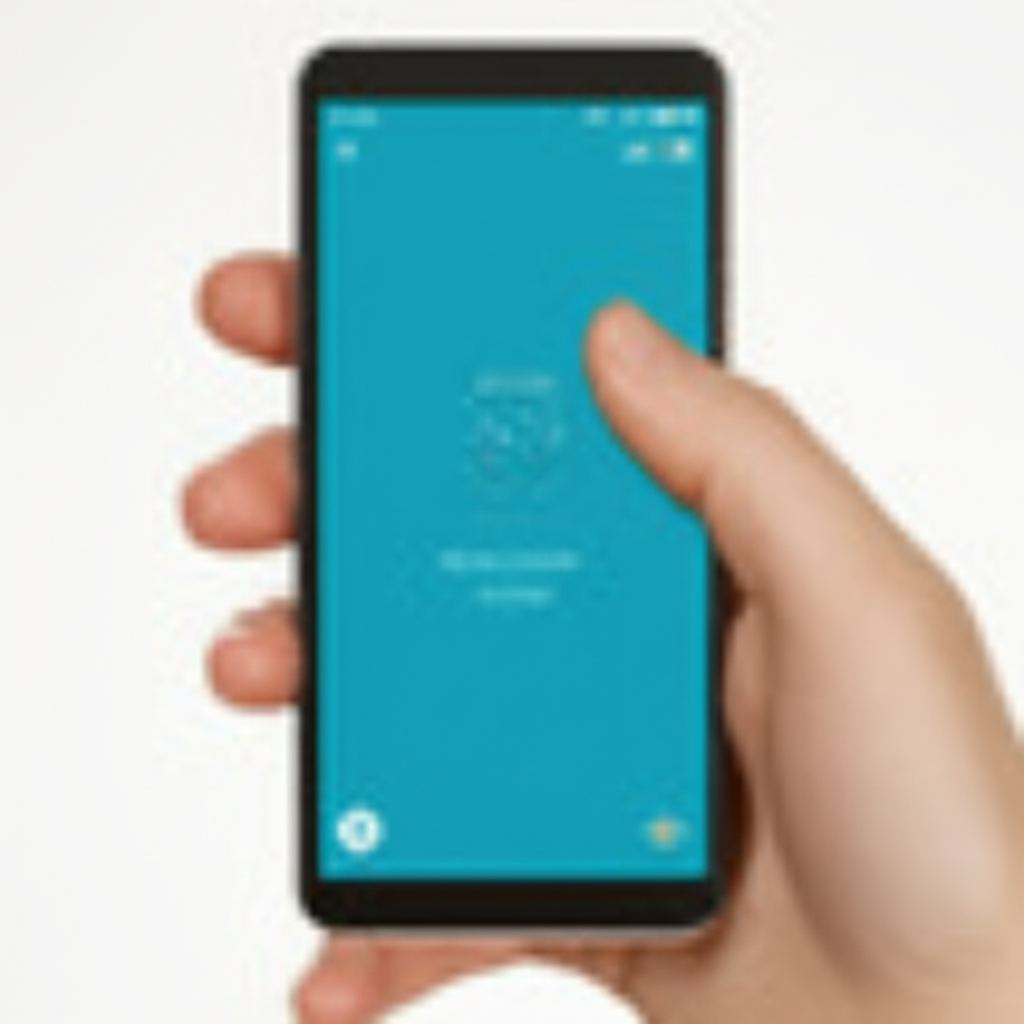
Popular Apps for Customized Workouts
The market is rich with apps designed to offer personalized fitness experiences. Here are a few notable examples:
- Muscle Booster: This app provides customized fitness plans based on your fitness level, goals, and schedule. It develops a tailored strategy after an AI-driven fitness evaluation, adapting to your lifestyle, intensity preferences, and preferred workout location (gym or home).
- Fitbod: Highly regarded for strength training, Fitbod uses sophisticated exercise science and machine learning to create personalized hypertrophy programs, optimizing sets, reps, and weight. It also tracks recovery to prevent overtraining.
- Planfit.ai: An advanced AI fitness planner that builds workout routines around your specific goals. It offers personalized training plans and tracking, adjusting workouts based on your progress.
- Freeletics: Known for its AI-powered bodyweight and HIIT-focused routines, Freeletics offers personalized training plans based on your fitness level, goals, and available equipment, with a strong emphasis on community features.
- SHRED: A mobile-first AI workout generator that creates plans for home or gym, tracks progress, and offers daily workout suggestions. It allows users to generate workouts based on muscle groups, available equipment, and time.
- BodBot: One of the more established AI fitness trainers, BodBot provides adaptive workout programs and supports nutrition planning alongside workouts.
- FitnessAI: This iPhone app uses artificial intelligence, leveraging data from millions of workouts, to generate personalized routines. It optimizes sets, reps, and weight for each exercise dynamically.
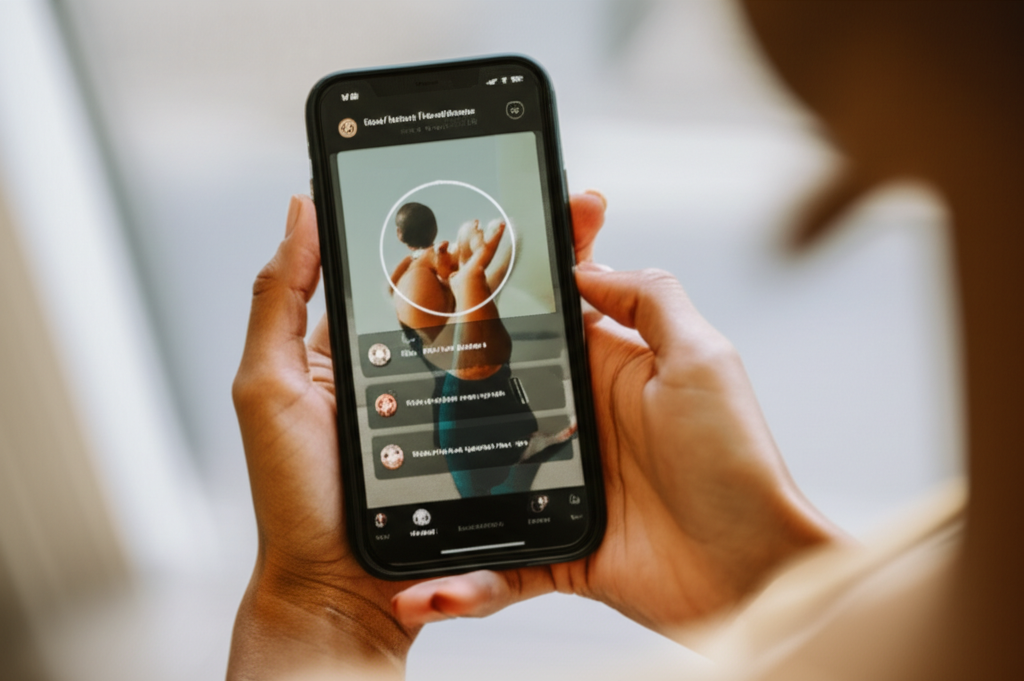
Choosing the Right App for You
With so many options, selecting the ideal app depends on your individual needs:
- Consider your primary goals: Are you focused on strength, endurance, weight loss, or general well-being? Some apps specialize in certain areas.
- Assess your equipment access: Do you primarily work out at a fully equipped gym, at home with minimal gear, or just with bodyweight?
- Think about your budget: Many apps offer free trials or basic free versions, with premium features available through subscription.
- Look for user experience: An intuitive interface and easy workout logging will greatly impact your consistency.
- Read reviews: User testimonials can provide insights into the app’s effectiveness and reliability.
Ultimately, an app that creates customized workout routines is more than just a digital logbook; it’s a personalized fitness companion. By harnessing the power of AI, these tools provide expert guidance, adaptability, and motivation, making a healthier, fitter you more accessible than ever before.





